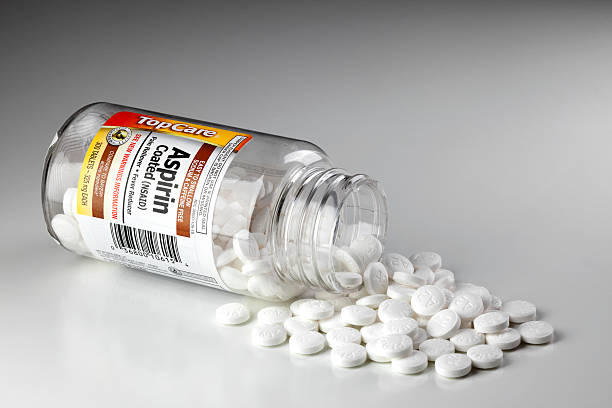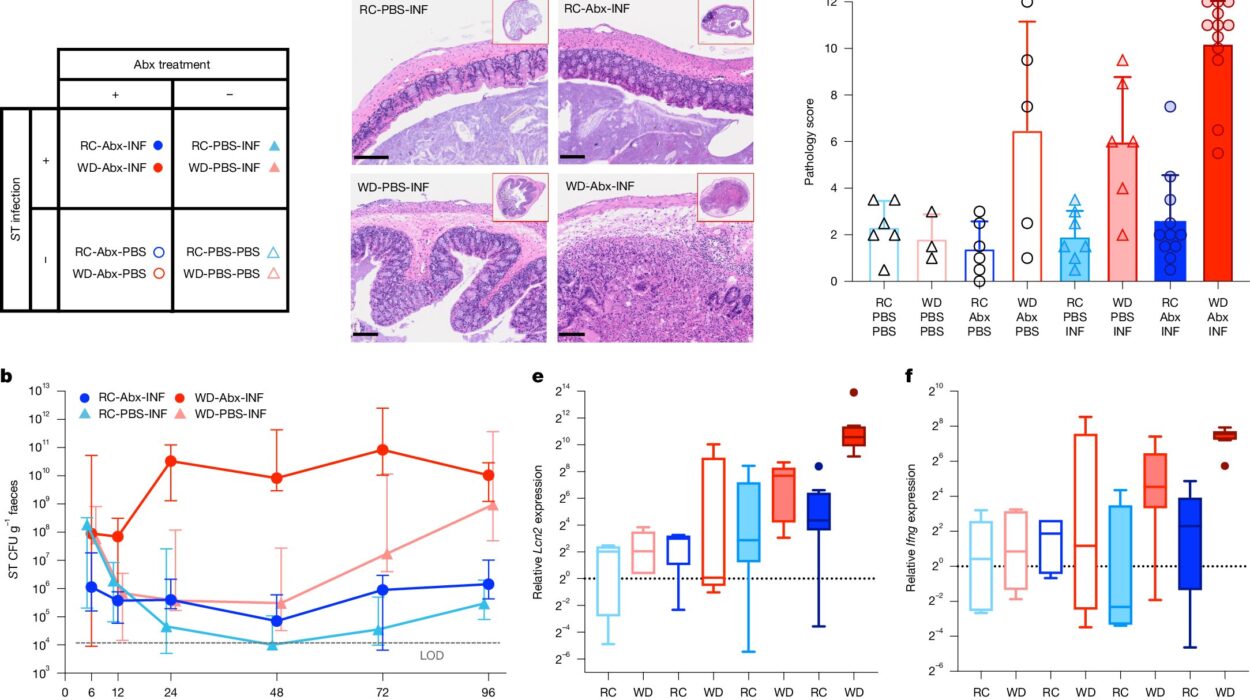For decades, aspirin has held a place in medicine cabinets not just as a pain reliever but as a potential protector against heart attacks and strokes. Doctors often recommended it to people who had never had a cardiovascular event but seemed at high risk, believing its ability to reduce clotting could ward off trouble. Yet aspirin is not without danger. Alongside its benefits, it carries a well-known risk: bleeding, sometimes serious, sometimes life-threatening.
Now, new research suggests the calculus may be shifting. A collaborative study involving Rochester General Hospital, the University of Texas Southwestern Medical Center, and Aga Khan University indicates that applying newer methods of estimating cardiovascular risk could drastically reduce the number of middle-aged adults who qualify for aspirin use in the first place. The findings, published in JAMA Internal Medicine, highlight the evolving conversation around prevention, risk, and what it truly means to balance benefit against harm.
From Old Equations to New Insights
For years, guidelines from the US Preventive Services Task Force (USPSTF) have suggested that adults between the ages of 40 and 59 consider aspirin if they are at relatively high cardiovascular risk—defined as at least a 10% chance of having a heart attack or stroke in the next ten years—provided they are not at elevated risk of bleeding. That 10% number comes from what are called pooled cohort equations, a long-standing risk calculator that estimates future cardiovascular events based on factors like age, cholesterol, blood pressure, and smoking history.
But recently, researchers developed a newer tool: the Predicting Risk of Cardiovascular Disease EVENTs (PREVENT) equations. Designed to provide more accurate, better-calibrated estimates of risk, PREVENT has already demonstrated that it often predicts lower risk levels than the pooled cohort equations. Until now, though, no one had looked at how applying PREVENT to aspirin guidelines might change who is eligible for therapy.
The Study That Challenged Assumptions
The research team analyzed data from the National Health and Nutrition Examination Survey between 2015 and 2020, focusing on more than 3,100 participants aged 40 to 59 who had no prior cardiovascular disease. Importantly, anyone with conditions that raise bleeding risk—like kidney disease, cancer, or use of certain blood-thinning medications—was excluded.
Then, investigators calculated each participant’s 10-year cardiovascular risk using both methods: the older pooled cohort equations and the newer PREVENT equations. To qualify for aspirin, the cutoff was the same: a predicted risk of at least 10%.
The results were striking. Under pooled cohort equations, 8.3% of middle-aged adults—about 4.9 million people in the United States—qualified for aspirin. But with PREVENT, that number plummeted to just 1.2%, or roughly 700,000 people. Put differently, more than 85% of adults who would have been told they qualified under the old calculator would no longer meet the threshold when PREVENT is used.
Even more sobering was the finding that aspirin is widely used outside the guidelines altogether. Of the estimated 7.6 million middle-aged adults who reported already taking aspirin to prevent heart disease, nearly 97% did not meet PREVENT’s eligibility threshold. In other words, the vast majority of current users may be taking a daily pill that offers little benefit but exposes them to real risks.
A Balancing Act Between Help and Harm
These findings come at a critical moment in cardiovascular medicine, where prevention is a cornerstone of care but where over-treatment can be as dangerous as under-treatment. Aspirin’s power lies in its ability to reduce clot formation, lowering the risk of heart attacks and strokes caused by blocked arteries. But this same property increases the chance of bleeding—particularly gastrointestinal bleeding and, more rarely, bleeding in the brain.
Cardiologists and public health specialists emphasize that the balance is delicate. For some people, aspirin prevents more harm than it causes. For others, the risk of bleeding outweighs the potential benefit. Deciding who falls into which category has always hinged on accurately estimating risk. That is why the shift from pooled cohort equations to PREVENT equations matters so much.
The Question of Thresholds
One unresolved issue raised by the study is whether the same 10% cutoff should apply when using PREVENT. If the new equations consistently estimate lower risk, keeping the same cutoff may lead to very few adults ever qualifying for aspirin. Researchers argue that new thresholds, specific to PREVENT, may need to be established through dedicated modeling studies. Only then can physicians truly weigh aspirin’s potential benefits and risks with confidence.
This isn’t just a technical question—it has real-world implications for millions of people. A decision about whether to take aspirin is not abstract; it involves everyday choices, routines, and concerns about safety. A more accurate calculator could help ensure that only those who stand to benefit most are advised to use it.
The Bigger Picture of Prevention
The findings also underscore a broader truth: medicine is constantly evolving. What was once considered good practice can change as science advances. Aspirin, once nearly universal in preventive care, has already seen its role diminish in recent years as evidence mounted about bleeding risks. The new study suggests that role could shrink even further when risk is assessed with greater precision.
At the same time, researchers point to another important opportunity: discontinuing aspirin in people who are unlikely to benefit. The study found that most adults already taking aspirin did not meet eligibility criteria under either calculator. This highlights a chance for clinicians and patients to reevaluate ongoing therapy, potentially sparing many from unnecessary bleeding risk.
What This Means for Patients
For individuals, the message is not to abruptly stop aspirin but to talk with their healthcare providers. Decisions about prevention are deeply personal, tied not only to numbers on a calculator but to family history, lifestyle, and comfort with risk. What the new research offers is a sharper lens through which to view those decisions.
It also reinforces the importance of the broader pillars of cardiovascular prevention: healthy diet, regular exercise, managing blood pressure and cholesterol, and not smoking. These factors remain the bedrock of heart health, regardless of changes in aspirin recommendations.
A Future of Precision Prevention
The story of aspirin and cardiovascular risk is far from over. As calculators improve, guidelines will evolve, and new preventive strategies may emerge. The PREVENT equations are just one example of how science continually refines our understanding of who benefits from which interventions.
Ultimately, the goal is not simply to prescribe less or more but to prescribe wisely—to match the right treatment to the right patient at the right time. For aspirin, the future may be one of narrower, more precise use, ensuring that its benefits are realized while its risks are minimized.
A Turning Point in an Ongoing Debate
Aspirin has been called a wonder drug, a double-edged sword, and now perhaps a treatment in need of redefinition. The findings from Rochester General Hospital, UT Southwestern, and Aga Khan University remind us that medicine is never static. It is an ongoing dialogue between evidence and practice, between numbers and human lives.
In this moment, the dialogue turns on a simple but powerful question: how do we best protect hearts without causing harm elsewhere? The answer is still unfolding, but thanks to new tools like PREVENT, it may be coming into clearer focus.
More information: Ahmed Sayed et al, Using the PREVENT Equations to Guide Aspirin Use for Primary Prevention of Cardiovascular Disease, JAMA Internal Medicine (2025). DOI: 10.1001/jamainternmed.2025.5049






